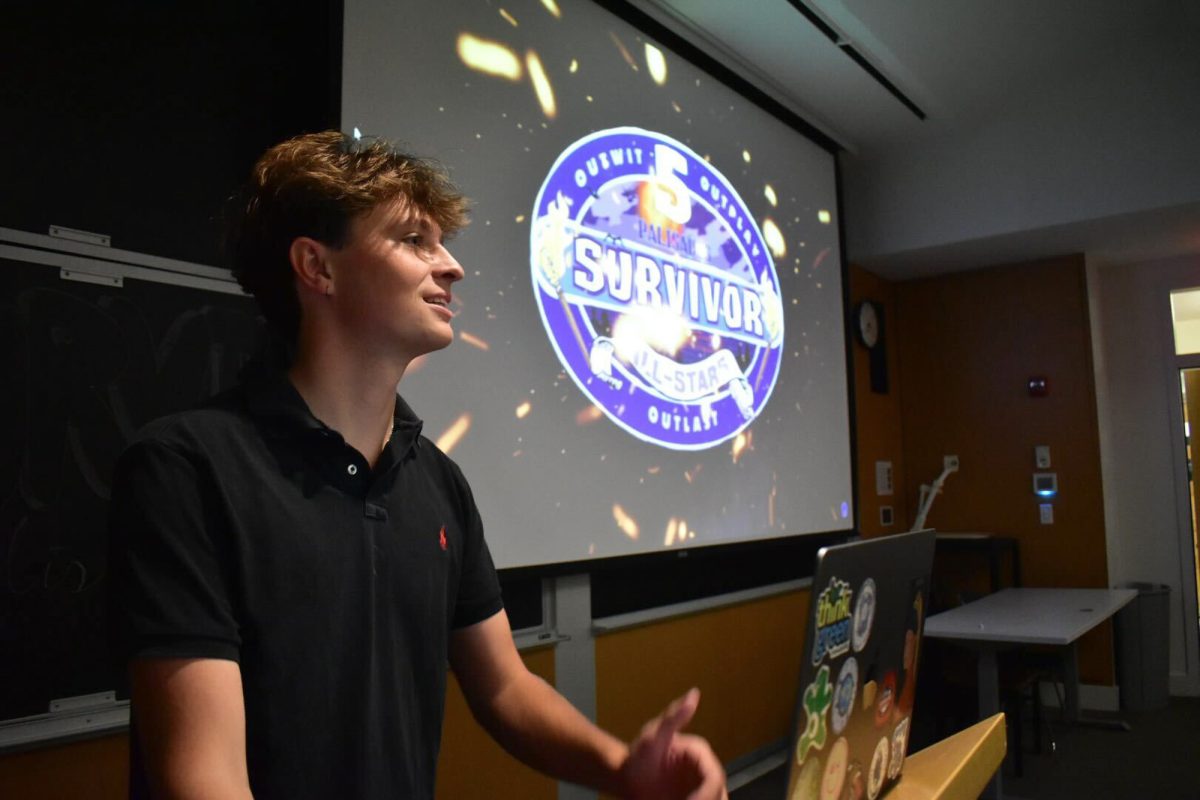A team of Boston University scientists was awarded a $3,127,730 subcontracted grant to fund a study about how the flight behavior and mechanics of birds, bats and insects have inspired the development of unmanned aircrafts, according to a BU press release on Thursday.
The award is part of a five-year, $7.5 million grant from the Office of Naval Research to a team of researchers from Boston University, the University of Washington, the University of Maryland and the University of North Carolina at Chapel Hill.
Mechanical engineering professor John Baillieul, who is part of BU's team of researchers, said he was joined by biology professor Tom Kunz, an expert on bats; computer science professor Margrit Betke, an expert on computer analysis of large data sets of images; mechanical engineering professor Calin Belta, an expert on formal verification of algorithms in embedded systems; and electrical and computer engineering professor Ioannis Paschalidis, an expert on optimization.
"This is a truly interdisciplinary research project involving people representing such diverse areas as biology, computer science, control and systems engineering; and aerospace engineering," Baillieul said in an email.
Baillieul said the BU team would collaborate with researchers from the aforementioned universities.
"The lead institution is the University of Washington, and the overall Principal Investigator at Washington is Professor Kristi Morgansen who graduated from BU with both a BS and MS in 1994," he said. "The year she graduated, Kristi wrote a Masters Thesis under my direction, and it is very gratifying to see her succeed the way she has."
The grant will fund a project called AIRFOILS, short for Animal Inspired Flight with Outer and Inner Loop Strategies, according to the press release.
"The aim of the research is to observe many different kinds of flying animals, and to try to understand ways in which the flying agility they exhibit can be replicated in the flight of unmanned air vehicles," Baillieul said.
"Bats, insects and some types of birds can fly very effectively through dense forests and inside of caves," he said. "The aim of our research team is to carefully observe and record animals in flight, and to understand how their abilities can be replicated by small flying machines."
The resulting collaboration between the engineering and biology fields has "high relevance to and impact on defense-related capabilities for air vehicle applications."
As part of the research, scientists will study birds, bats and insects on a neurological level, a laboratory-based macro scale and in open field free flight, the press release said.
























































































































